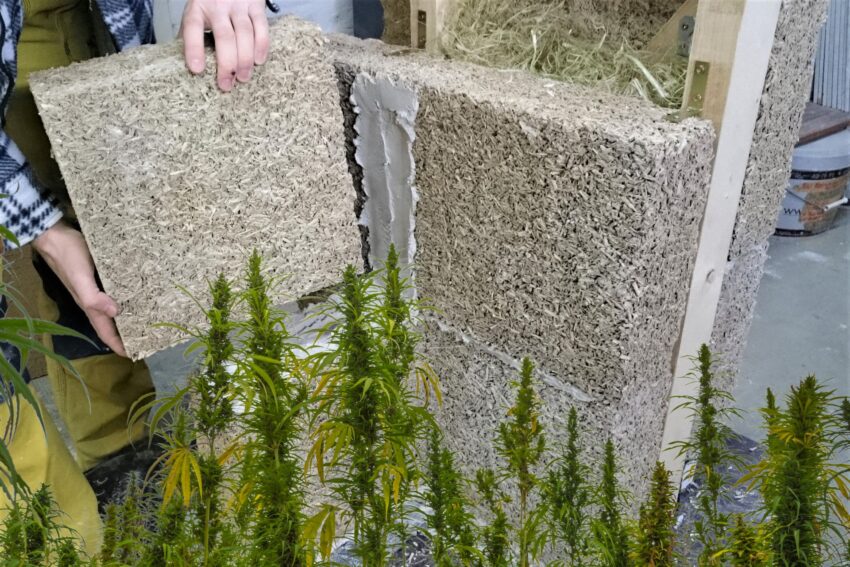In the world of sustainable building materials, hempcrete is emerging as a formidable contender, offering numerous benefits that could transform how we construct our homes and buildings. As traditional building materials like sand become increasingly scarce, the potential of hempcrete to revolutionize construction practices cannot be overstated.
Firstly, the global sand crisis is a looming issue that few are prepared for. Sand is the most consumed natural resource after water, and its use in concrete is voracious. However, not all sand is suitable for construction. The extraction of fine river sand, which is ideal for concrete, is depleting rivers and leading to severe environmental degradation. With predictions that we might run out of usable sand within the next few decades, the construction industry is under pressure to find alternatives. This is where hempcrete steps in as a sustainable, viable option.
Hempcrete is made from the woody inner fibers of the hemp plant, mixed with lime and water. This mixture results in a material that is not only lighter but also more environmentally friendly than traditional concrete. One of the standout benefits of hempcrete is its excellent insulation properties; it can keep buildings warm in winter and cool in summer, significantly reducing energy costs for heating and cooling. Moreover, hempcrete is breathable, helping to regulate indoor humidity and thus preventing mold growth, promoting healthier living environments.
From an agricultural perspective, hemp is a wonder crop, particularly for American farmers. Hemp grows quickly, often achieving harvestable heights within months. It requires minimal water, no pesticides due to its natural pest resistance, and can grow in a variety of soil conditions, making it an ideal crop for farmland rejuvenation. By integrating hemp into agricultural rotations, soil health can be improved, and the land can be used more productively.
The cultivation of hemp for hempcrete could be a significant economic boon for American agriculture. As demand for sustainable building materials rises, so too will the demand for hemp. This could lead to new markets for farmers, potentially revitalizing rural economies. The plant’s versatility also means that besides construction, hemp can be used for textiles, food, biofuels, and more, providing a diversified income stream for growers.
Furthermore, hempcrete contributes positively to carbon sequestration. Hemp plants absorb CO2 as they grow, and when used in construction, the carbon is effectively locked away in the building structures. So, instead of creating dangerous carbon pipelines, farmers could grow and sell hemp, and everyone worried about CO2 levels could rest a little easier.
However, the adoption of hempcrete does come with challenges. Building codes and regulations need updating to accommodate this new material. There’s also the need for education among builders and architects about its properties and best practices for its use. Despite these hurdles, the potential benefits in terms of sustainability, economic growth, and environmental impact are profound.
In conclusion, as we face the depletion of sand resources critical for traditional concrete, hempcrete offers a promising alternative. It not only addresses environmental concerns but also presents an opportunity for agricultural innovation in America. By embracing hempcrete, we could be on the verge of a construction revolution that supports both our planet and our economy.


